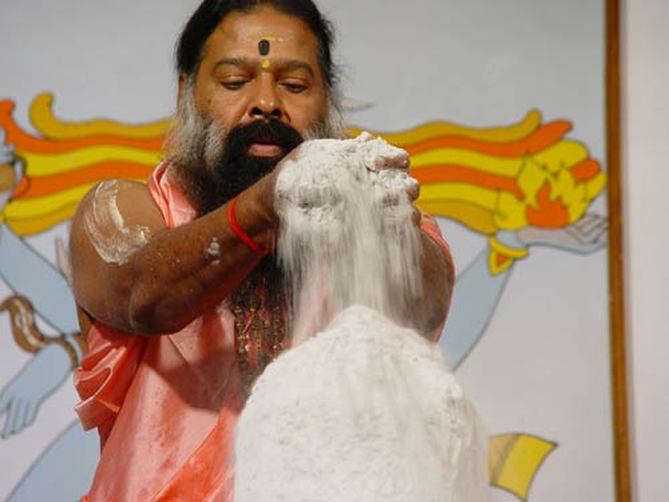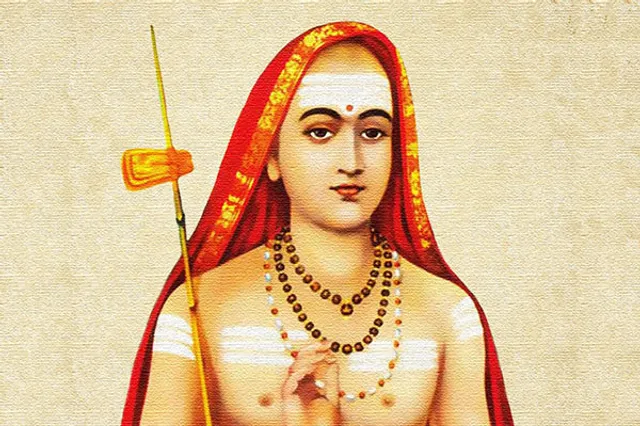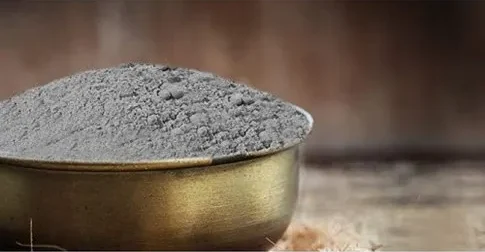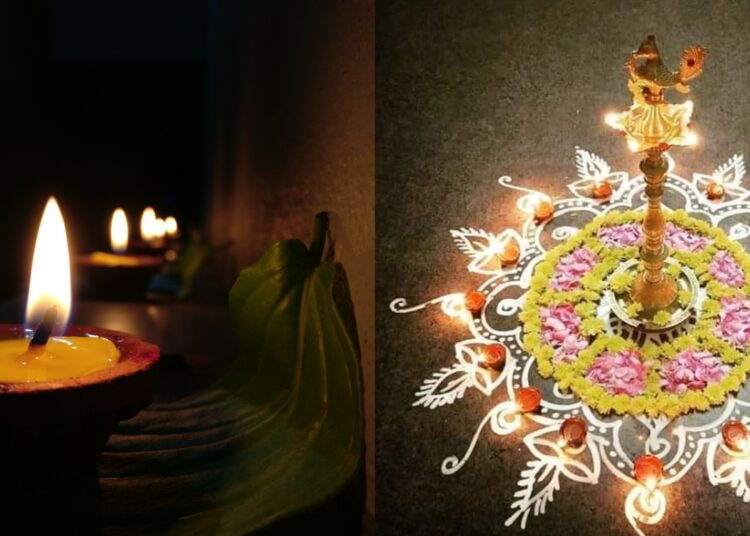Vibuthi, also known as Thiruneer, holds great significance in Hindu religious practices. Derived from the Sanskrit term “vibuthi,” which translates to “ash” or sacred ash,” Vibuthi is a sacred substance widely used by worshippers in various rituals and ceremonies. Let’s delve into the historical background of Vibuthi and its spiritual significance in Hinduism.

The usage of ash as a sacred substance dates to ancient times and finds mention in several Indian scriptures such as Vedanta, Upanishads, Puranas, and Agamas. Ash has been associated with purity, spirituality, and divinity for millennia.
One significant origin story behind the use of ash can be found in Hindu mythology. According to ancient legends, when Lord Shiva consumed toxic poison during the churning of the cosmic ocean (Samudra Manthan), his throat turned blue. In order to counteract its effects on his body and safeguard him from further harm, Lord Shiva applied Vibuthi all over himself.
This act elevated Vibuthi’s status to a symbol of divine protection against negative forces. Henceforth, devotees started using it as a mark on their foreheads or bodies during religious observances.
Manufacturing Process

Traditionally produced through sacrificial fire rituals known as homa or havan where specific herbs and wood were burned while chanting Vedic mantras. However Vibuthi nowadays is typically made by burning dried cow dung cakes or other organic materials like sandalwood sticks within a specifically designed vessel called dhuni pot.
The ashes collected from these rituals undergo meticulous processes involving purification through sieving multiple times until only fine powder remains. Afterward, prayers invoking deities’ blessing may be recited over it before distribution among followers.
Spiritual Significance

Vibuthi holds immense spiritual significance in Hinduism, serving as a potent reminder of the transient nature of life and the ultimate reality beyond physical existence. It serves as a visual representation of the soul’s impermanence and its eventual merger with the divine.
The application of Vibuthi on one’s forehead or body bears various symbolic meanings. For instance, it can signify devotion to Lord Shiva or represent purity, humility, and surrender to the Supreme Being. The three horizontal lines often drawn with Vibuthi symbolize Lord Shiva’s threefold power which is creation, preservation, and destruction.
Rituals And Practices

Vibuthi is an integral part of various Hindu rituals, especially in temples dedicated to Lord Shiva. During religious ceremonies like puja, devotees apply Vibuthi on their foreheads as a sacred mark. The application is not merely a ritualistic practice but a profound expression of faith, humility, and desire for divine protection.
Many believers consider Vibuthi to possess inherent spiritual properties capable of warding off evil influences and negative energies when used with devout intent, It is seen as a powerful conduit to invoke divine grace, seek protection from harm, and receive blessings for overall well-being.

In conclusion, Vibuthi, or Thiruneer, stands as a symbol of ancient traditions deeply interwoven with Hindu mythology and spirituality. Its historical roots, manufacturing processes, and spiritual significance all contribute to its revered status in Hindu religious practices, making it a cherished and integral element of worship for millions of devotees.
Follow us on Instagram, Facebook or Telegram for more updates and breaking news.













